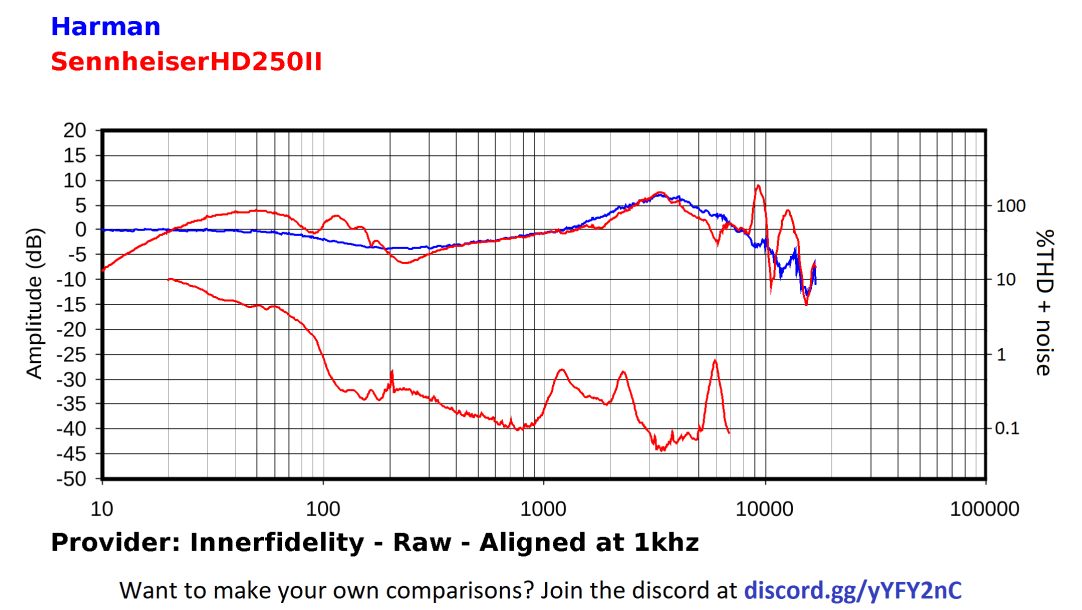ADUHF
Headphoneus SupremusMusic And Measurements
I've had trouble figuring out how close cans are to F-M. A lot of the measurement sites apply compensation curves, and it's hard to figure out what the true measurement it.
I definitely hear you on that, bigshot.
It would make things a little easier if everyone used the same type of compensation curve for their measurement rigs. Ie, diffuse-field, free-field, etc.. One of Harman's goals though was the creation of a new compensation curve that better reflects the subjectively (and also objectively, if you accept the "room sound" theory) preferred tonal qualities of actual listeners.
One of the challenges though with the Harman curve is that there isn't a really straightforward way for the manufacturers of other measurement systems (than the one used by Harman) to reproduce it. In part, because it is based on both subjective and objective measurements. And also because there are different preferences for different demographics.
The methods for creating diffuse and free-field curves is pretty straightforward. You put the rig in an anechoic chamber. Take a series of DRP measurements from a tone generator at a specific distance, at different frequencies and different angles. And after a little computer processing to collate everything, you've got a beautiful new set of curves tailored specifically for your rig. Eezy-peezy.
You can think of the Harman target as an "offset" of the diffuse or free field curves, if you like. And try to come up with a rough approximation for different rigs that way. But there will probably always be some degree of error with a simple approach like that. Because it's not really modeling all the subtle nuances of sound in an actual room.
Another method might be to create a reference headphone, which is electronically calibrated to precisely match the Harman curve (on Harman's measurement system). Which you could then plop onto any measurement rig of your choice. And just take some raw DRP measurements from it to derive a new curve for that particular rig. I see some potential complications with that approach as well though.
What I'd really like to see are raw DRP measurements of actual rooms with good loudspeakers. ("Good" means anechoically flat to me.) Once we see what the actual room data looks like, then we can figure out what, if any, offsets may be necessary for subjective preferences after that. But I think the room measurements are where we really need to begin.
The best approach I've been able to come up with in the near term is sort of a variation on the reference headphone approach. Instead of using a single reference headphone though, what I try to do is infer what a subjectively-preferred room response might look like for a particular rig, based on the raw DRP measurements of a collection of different headphones which roughly approximate a "room sound".
Imo, the Harman curve is like a big sign-post, which is pointing us in the right direction... But it is not the final destination. And more work still needs to be done (esp. on the measurement side) to get us closer to that eventual endpoint.
Last edited:







